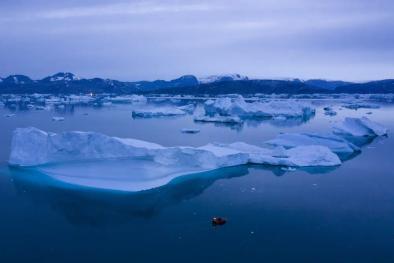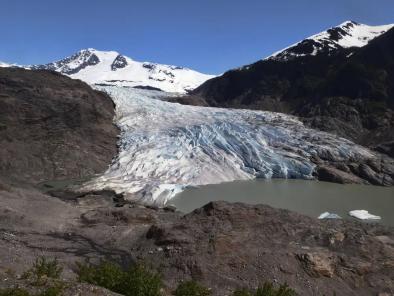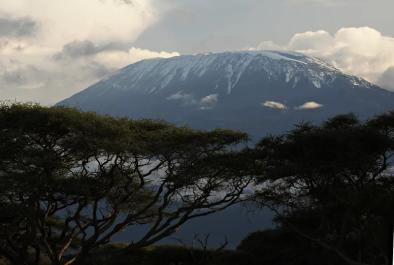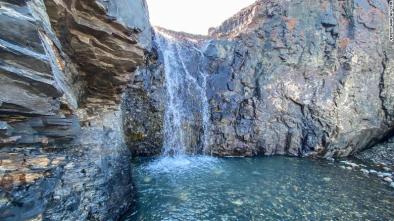Science Source
Past, Present, and Future of Glacier Archives from the World’s Highest Mountains
- States that instrumental data over the last century show that Earth has been warming, a trend also reflected in ice core δ18O records
- A composite of δ18O time series from four Andean cores and four Tibetan Plateau cores shows a significant correlation (R=+0.86, p<.01) with Northern Hemisphere temperature anomalies6 from 1880 to 2005
- A composite of seven δ18O records from the Peruvian/Bolivian Andes and the Tibetan Plateau provides a longer perspective of this recent warming
- The ice core composite shows the warm Medieval Climate Anomaly and the cooler Little Ice Age, as well as the strong warming trend of the 20th century
- This recent increase is unprecedented in the last 2,000 years, indicating that significant and relatively rapid changes in climate are underway in the tropical and subtropical latitudes where 70 percent of the world’s population lives
- The recent warming in the tropics is observed not only in ice core chemistry, but also in the retreat of the ice fields themselves; low and mid-latitude glaciers and ice caps serve as first responders to climate change as they expand when it is colder and/or wetter and retreat when it is warmer and/or drier much faster than the large polar ice sheets
- Ground observations, aerial photography, and satellite-borne sensors monitor numerous high-altitude glaciers throughout the world, and from all these analyses there is a consensus that virtually without exception these ice fields are retreating at an accelerating rate
Related Content
Headline

Jan 25, 2023 | Climate Nexus Hot News
Greenland Warmest Since Before Norman Invasion Of England
Headline

Jan 6, 2023 | Climate Nexus Hot News
Urgent Climate Action Can Limit, But Not Prevent, Glacier Loss
Headline

Nov 8, 2022 | Climate Nexus Hot News
UNESCO Glaciers Doomed And Threatened By Climate Change
Headline

Jul 21, 2022 | CNN
A 'Not Normal' Amount Of Greenland's Ice Melted Last Weekend


